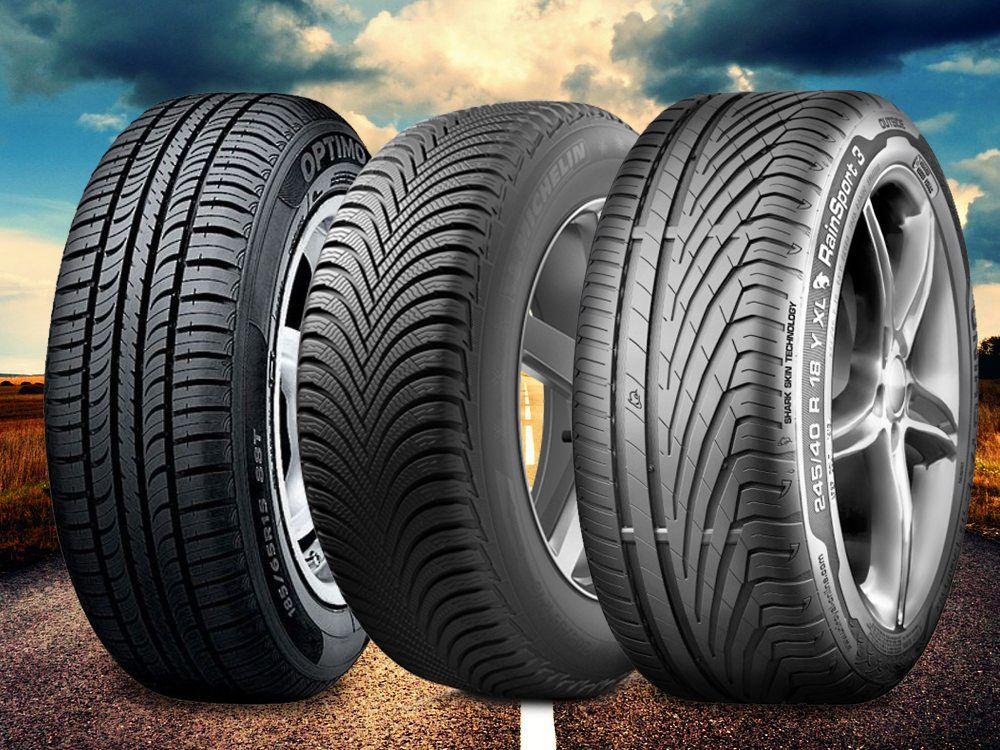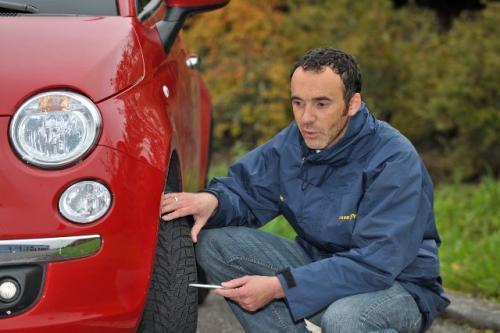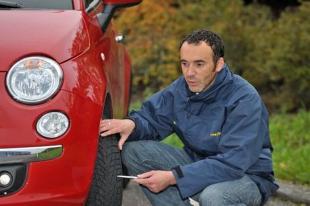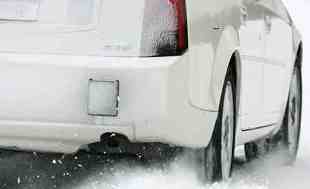
Tires are not everything
 Winter is an extremely difficult period for drivers. Régis Ossan, a specialist at the Goodyear Innovation Center in Luxembourg, has been testing tires for over 6 years. Few people understand as well as he does the difficult conditions drivers can face in winter.
Winter is an extremely difficult period for drivers. Régis Ossan, a specialist at the Goodyear Innovation Center in Luxembourg, has been testing tires for over 6 years. Few people understand as well as he does the difficult conditions drivers can face in winter.
Regis Ossant, 34, is part of Goodyear's test team of more than 240 drivers, engineers and technicians. Every day the team travels thousands of kilometers testing my endurance and me. tire bones. Every year the company tests more than 6 tires - both in laboratories, on test tracks, and on the road.
tire bones. Every year the company tests more than 6 tires - both in laboratories, on test tracks, and on the road.
Over the past six years, Ossant has traveled most of the world as part of his work, from Finland to New Zealand. We asked him what it means to be a test driver, what tire testing is, and what advice he can give regular drivers on safe winter driving.
How does a typical working day for a test driver go?
“I usually spend about six hours a day testing tyres. We usually start by getting to know the work plan, weather forecast and road conditions in which we will work on a given day. At the test center in Luxembourg, we test the tires mainly in terms of wet braking, noise levels and driving comfort, as mild weather conditions here do not allow more extreme testing. When we need real winter conditions, we go to Scandinavia  (Finland and Sweden) and Switzerland. On local test tracks we check the behavior of tires on snow and ice.
(Finland and Sweden) and Switzerland. On local test tracks we check the behavior of tires on snow and ice.
What is tire testing?
“Before a tire goes on sale, it goes through a series of rigorous tests under various conditions. Testing is mostly done in the lab and on the test track, but we also measure tread wear on normal roads. In the field of winter testing, I specialize in testing tires on ice. This kind of research requires a lot of patience. Ice is very sensitive to all meteorological parameters. Even slight changes in humidity or temperature can affect the integrity of the ice surface and require the track to be resurfaced to be smooth and slippery again.
Are there special tests for winter tires?
– Winter tires are subjected to all the tests that are carried out for summer tires: braking on wet roads on dry pavement, grip, cornering grip, noise and driving comfort. In addition, we also carry out extensive testing on snow and ice. What a lot of people don't know is that ice tests are always done on a flat and smooth surface, while tests that study tire performance on snow include flat ground tests and climbing tests.
on dry pavement, grip, cornering grip, noise and driving comfort. In addition, we also carry out extensive testing on snow and ice. What a lot of people don't know is that ice tests are always done on a flat and smooth surface, while tests that study tire performance on snow include flat ground tests and climbing tests.
What are the most dangerous places to drive in winter?
– The most dangerous places are hills and turns. Areas such as bridges, hills, sharp curves, intersections and traffic lights are the most common crash sites. They are the first to ice and remain slippery when everything else seems to be in order on other sections of the road. And, of course, forests - the higher levels of humidity in these places greatly increase the risk of slippery surfaces. Be very careful when entering a shaded area from a dry, sunny location. There is a high risk that the road in such a place will be covered with ice. Temperatures from zero to plus three degrees Celsius are very dangerous. Then we feel that the roads are fine, but the temperature of the ground may be lower than the temperature of the air, and the sidewalks may become icy.
What else should you pay attention to?
– Unexpected deterioration of the weather is the biggest problem that drivers have to face in winter. In a matter of seconds, weather conditions can become unstable and roads dangerously slippery. Freezing rain, fog or snowfall are common causes of accidents. But by following a few simple rules and learning a few basic tricks, drivers can help make winter roads safer.
What advice would you give drivers on winter driving?
– First, make sure your car and tires are in good condition. Second, always check the weather forecasts and travel reports before you travel. If there are bad weather warnings, try to postpone your trip until conditions improve. Third, remember that winter driving requires patience and practice. The most important rule when driving in winter is the speed limit. On slippery or icy roads, increase the distance from the vehicle in front. It is also important to avoid sudden braking and turning, move smoothly and always look straight ahead. You must anticipate the traffic situation in order to be able to react as quickly as possible to what is happening. Always think ahead!